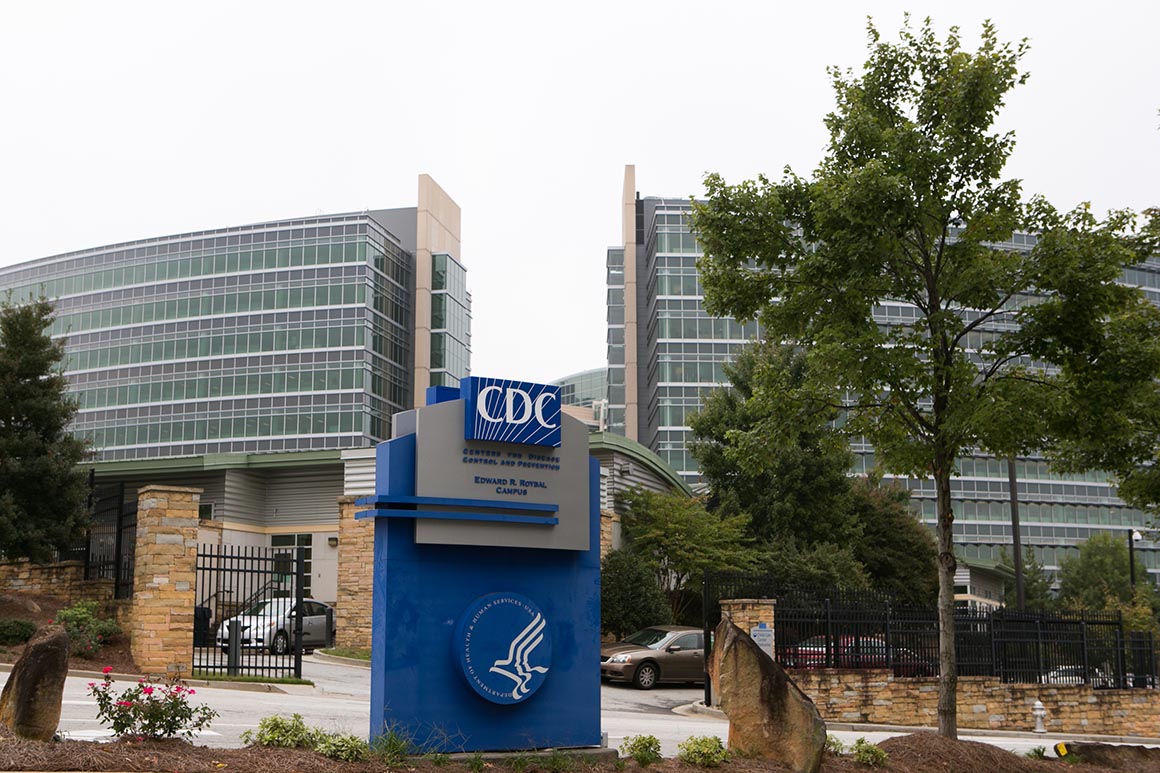
Right now, only a narrow group of Americans is being tested: those who have recently traveled to China or have been in contact with someone confirmed to have the virus. That is too limited to detect potential problems before they grow larger.
“We haven’t looked widely enough to believe that it is not here outside the known cases,” said Marc Lipsitch, an epidemiology professor at the Harvard T.H. Chan School of Public Health. “We just don’t have the intelligence because of the limited testing capacity and because of the criteria for who gets tested.”
The virus is now present in more than 30 countries, and public health officials say it’s only a matter of time until it begins circulating in the U.S.
The CDC, which has not yet responded to POLITICO’s request for comment, has said that there is no testing backlog. But it is working with the Food and Drug Administration to release a new version of its test as early as this week, agency Director Robert Redfield told a House panel on Wednesday.
CDC is also working with state and local health departments to revise the rules that determine who is tested, said Jeremy Arieh, a spokesperson for the Council of State and Territorial Epidemiologists.
Only six states — California, Nebraska, Illinois, Nevada, Tennessee, and Idaho — are now testing for the virus, the Association of Public Health Laboratories told POLITICO.
“There were several laboratories that did successfully verify, but because of the problems with the other laboratories, chose not to pursue testing until the CDC reagent is fixed,” said Kelly Wroblewski, APHL director of infectious diseases.
Under current rules, each positive test must be confirmed by a second round of testing at the CDC. Redfield told lawmakers that the agency can now screen 350-500 samples per day.
But even if more patients are eligible for screening, and a reliable test is released, each public health lab would only be able to analyze about 100 samples per day, Wroblewski said.
That means that many hospitals are likely to screen patients for coronavirus using familiar clinical methods such as analyzing chest X-rays and counting a patient’s white blood cells, rather than depending on diagnostic results from the CDC, said Michael Phillips, chief hospital epidemiologist at NYU Langone Health.
“We’re not relying on them to make a timely diagnosis,” he added.
Public health labs and hospitals, including NYU Langone and Brigham and Women’s Hospital in Boston, have expressed interest in developing their own tests to screen for Covid-19, but FDA has maintained that by law, such tests must be reviewed by the agency during public health emergencies.
“I understand very much the FDA is focused on quality control, but there’s also a need to have a system that can respond to their needs,” Lipsitch said. “China tested 320,000 people in Guangdong over a three-week period. This is the scale we need to be thinking on.”
Adam Cancryn contributed to this report.
Source: politico.com
See more here: news365.stream






